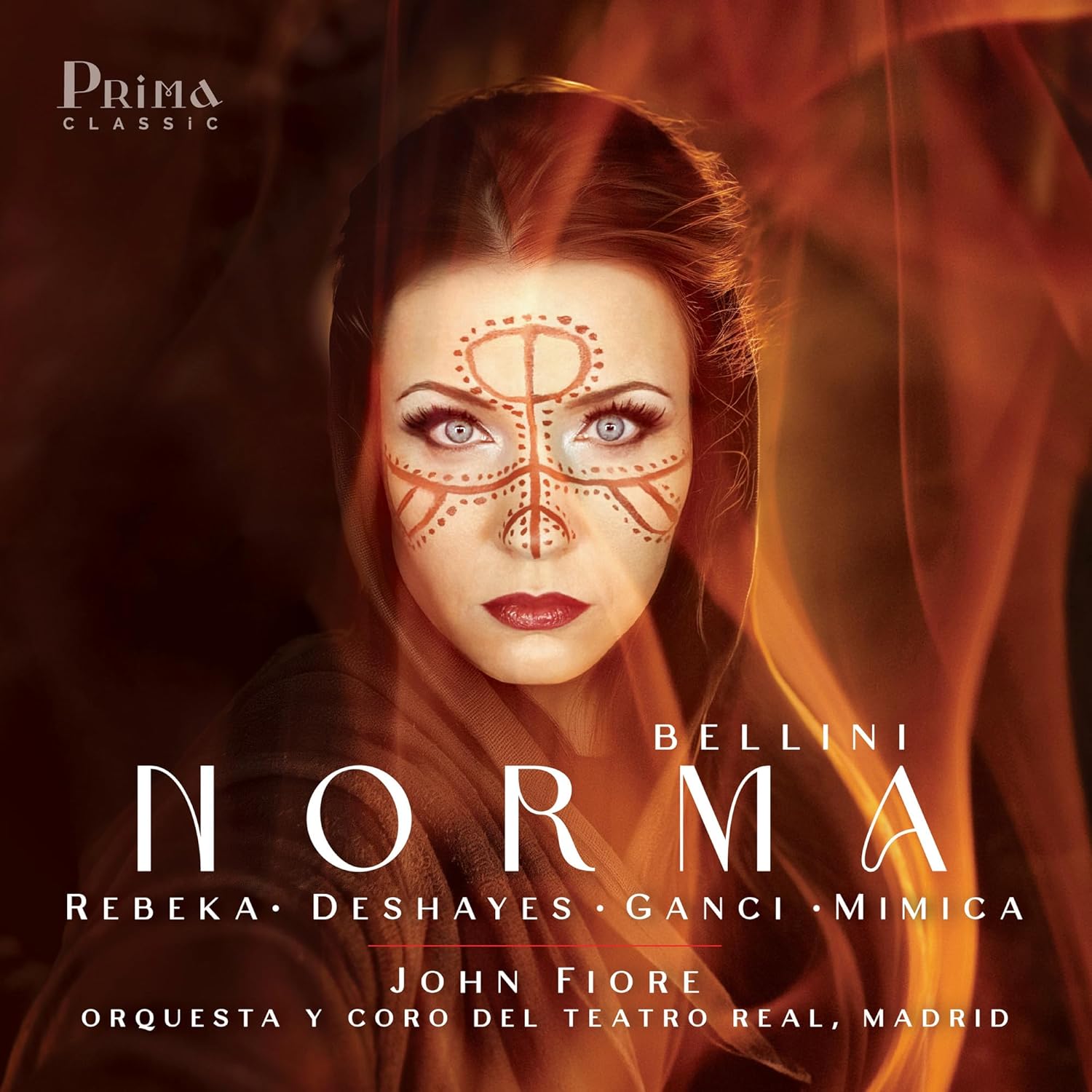
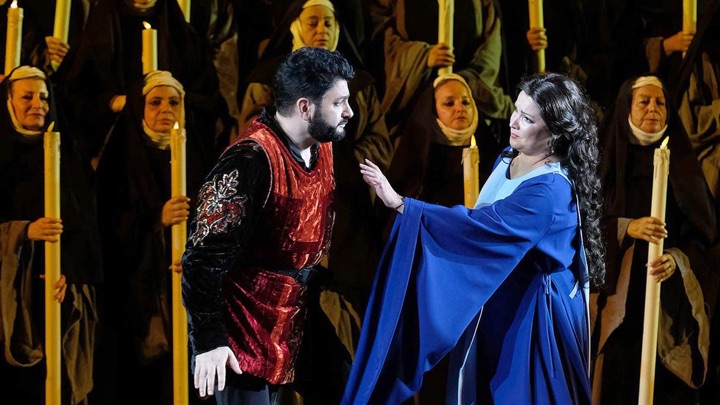
Aida followed in 2002, Madama Butterfly in 2004 (the umbrella twirling in Butterfly’s entrance was like a Ziegfeld number), Turandot in 2010, Don Giovanni in 2015 and this Trovatore originated in 2001. Its seventh revival could hardly have been considered an event had it not also heralded the Arena debut of our beloved Anna Netrebko.
Our Anna has been singing the hapless Leonora of Aragon since 2013 when she premiered the role in Berlin under Daniel Barenboim in a particularly odd staging by Philipp Stölzlen that’s perhaps best forgotten. She’s since been televised in the part from the Salzburg Festival and the Met. Now we have this souvenir for our shelves and I have to say it’s sensational for all the right and wrong reasons simultaneously..
Oddly, the performance starts before the sun has set and the Ferrando, the strapping Riccardo Fassi, has to tell the dark tale of the crazy child-stealing witch in twilight even when the bells in the orchestra toll a much later hour. Mr. Fassi sings with an accuracy and vigor that belie his old age makeup and gray streaked wig. It’s a fiendishly difficult thing to warm up on and he and his retinue prowl the stage until it’s time for the entrance of our diva assoluta. At the scene’s conclusion he and the rabble charge off the stage in full medieval dudgeon, fists raging at the heavens. There’s a lot of that in this production.
A moment on the set: Three massive turrets with the central in the rear the largest and two enormous knights in armor bookending each side. Zeffirelli’s usual portable walls of shields and spears roll in and out to mask the scene changes and a very detailed floor with multiple playing levels.
Those side panels now roll back to reveal La Netrebko hands raised in supplication against that great central turret. She turns and then proceeds to sing her opening recitative so purposefully and with so much amplitude of tone I immediately assume that the humid night air was causing our goddess consternation and she was having trouble getting the voice placed and moving.
Once she starts “Tacea la notte” proper you realize she’s just getting warmed up and this is the opulence you’re going to be enjoying all evening. It’s not lost on our girl that she’s got 20,000 seat theater to fill and she’s determined to win it. I’d say she was oversinging if at any time she weren’t able to pull back to a piano or pianissimo with ease… and does so repeatedly. She sings tirelessly all evening long and almost literally destroys the role. All the coloratura is perfectly placed, the staccatos, the trills, and all the repeats. She even sings both verses of “Tu vedrai.” She’s a titan. You can practically hear the Italians weeping from joy.
Sadly you can also hear the faint accompaniment of every bird in Verona singing the sun to sleep. The aviary finally quiets down half way through the cavatina when the flock realize that it’s useless trying to compete.
Our Count di Luna enters in the personaggio of Luca Salsi who’s a double-barrelled baritone if ever there was one. It’s a big, big, voice, medium rich but he’s a tad wayward of pitch at times. Vocally and dramatically he’s about as subtle as a rhinoceros. By now I’ve come to the understanding that it’s going to be one of those evening’s that dear old Anna Russell used to call, “Anything you can sing I can sing louder”.
I need to take a minute on the costumes here because this was when I literally had to adjust the brilliance and sharpness down on my television. Designer Raimonda Gaetani obviously learned her trade at the feet of the Master because to say these costumes are opulent is an understatement. I remember when they wore single colored caftans at the Arena just so the audience could tell the singers apart at such a great distance.
These ensembles are like the Warner Bros. film version of Camelot, only more so. Anna must have been wearing pounds of velvet and brocade to match her lovely jeweled snood. Our Di Luna has a tunic so fiercely encrusted in bugle beading my monitor was flickering and needed adjustment. Every chorister could be a soloist the detail is so extraordinary. It’s all too, too, much and I love it.
Yusif Eyvazov makes his entrance as Manrico at this point and he does a fine job but next to these two cannons he comes off as decidedly lyric. The scene ends with actual crossed swords and I’m not going to apologize. It’s exciting.
Then hundreds of gypsies swarm the stage (hundreds, honest, hundreds) carrying the awnings left over from Zefferelli’s Carmen production. We even get a single movement from the ballet and a little dance (I recognized it!) while they’re setting up their honest-to-goodness anvils.
By this point I was in such a state of operatic overwhelm I had forgotten who was singing Azucena and, Holy Mother of Fedora Barbieri, it’s Dolora Zajick! When I reviewed the last DVD from the Met of Trovatore on these pages I accused her of being somewhat timid. Apparently all she needed was a football arena to feel comfortable in because I’ve never seen her emote this much or sing with this much relish in a long time.
Don’t get me wrong, she’s not suddenly Meryl Streep but she’s definitely more engaged than I recall. She’s 67 years old here and doing a victory lap in the year of her retirement. The voice? The bottom is so large it sounds like she’s singing into a bullhorn at times. You can see the choristers near her flinch. She’s not Azucena, she’s crowd control. She also sings with real delicacy when required and it’s a voice lesson all the way through.
I’m going to cut to the end of Act II because this is where it really gets good. After a fairly stentorian “Il balen” our baritone and his noble henchman retire to the sidelines at the sound of the nuns chorus. Every available nun in the Veneto then processes out onto the stage all holding those enormous battery operated candles.
We also get the full glory of a pack of monks in blood red capirote shouldering the statues of the saints in procession. But before the glory of any of this has made its full impact the central turret at the back of the set opens wide like a book to reveal the interior of a gothic church all ablaze with light. Beloveds, I thought I was having a religious conversion on my couch!
Then Mr. Eyvazov charges onto the stage on a white horse to save his beloved. Luckily he brought a horse for Anna too. She mounts her horse, sings her final,”Sei tu dal ciel…” from the saddle (!) and rides off stage still singing during the stretta finale. Before the music ends the two warring factions charge on each other as the men shout battle cries and you hear the clash of swords. It suddenly dawns on me that this is what Trovatore should have always looked like. I bow low.
The remaining acts go exactly as you’d expect and Mr. Eyvazov does offer a fiery “Di quella pira” up to pitch. We get another Million Monk March during the “Miserere,” which Anna fights her way through, singing all the way.
I do have quite a few videos from the Arena (mostly because I think I’m waiting for a good one) and they’re finally using those robotic cameras like the Met has that give you those gorgeous tracking shots. It makes an enormous difference and you really feel involved in the action. Sound and picture were flawless on the Blu-ray I watched. PCM or DTS-HD sound options and subtitles in five languages so you can sing along in Korean.
Strangely enough both recent Trovatore releases were helmed by the same video director, Tiziano Mancini and it’s a testament to his skill that he captures both from a completely different perspective that suits both productions perfectly.
That said this is one of the few times I’ve seen the chorus of the Arena fully involved in a performance as well and that makes a huge difference. On most of the videos I’ve seen when the director pulls in for a medium shot on the populace you see a lot of people checked out with their mouths hanging open.
Oh and there’s a conductor! My hat comes off to Pier Giorgio Morandi for his most excellent stewardship in the pit and keeping this football game completely coordinated and moving in the right direction. I can’t imagine the challenges.
So two wildly different experiences with the same opera and frankly I don’t think I could do without either in my library. The French version is so unique and well performed and Dynamic also released it via audio only CD which may be preferred if you’re not a fan of Mr. Wilson’s work. The Arena performance has a real gala feel about it and if you’re a fan of La Netrebko it’s a must.
Plus: Horses! What more could you want?
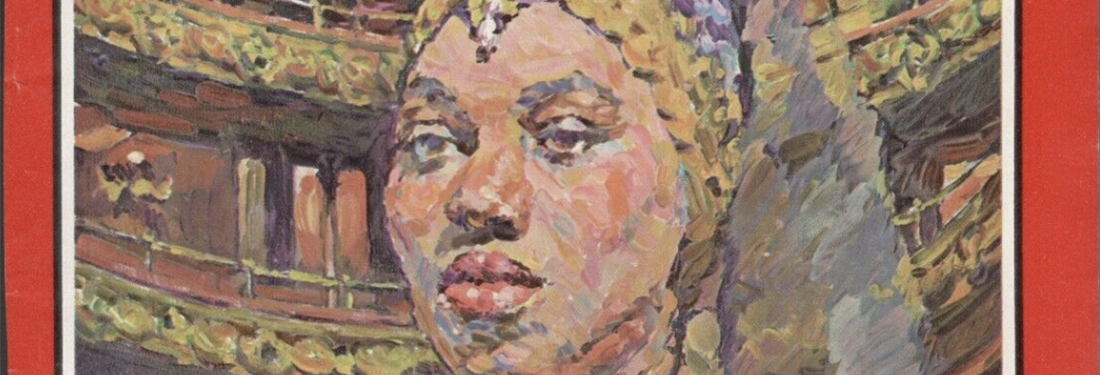
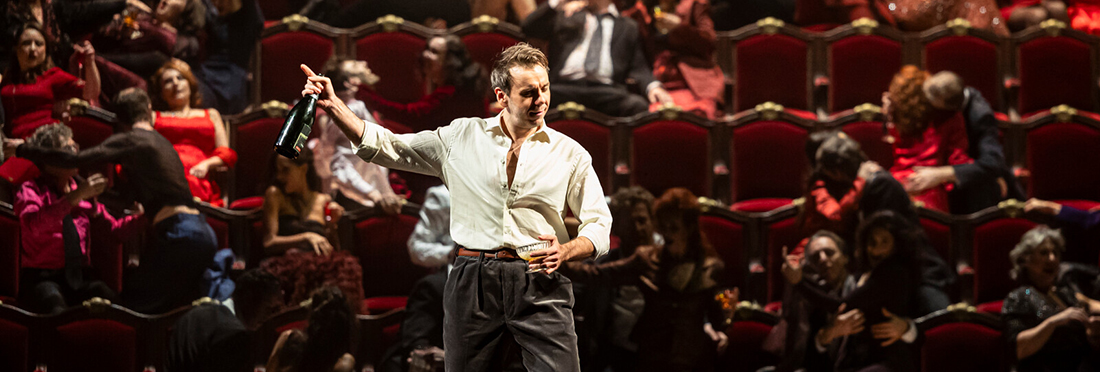
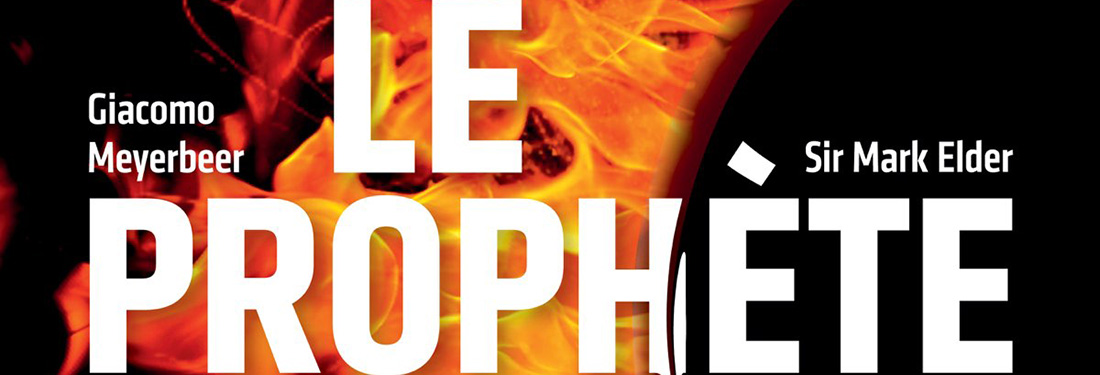
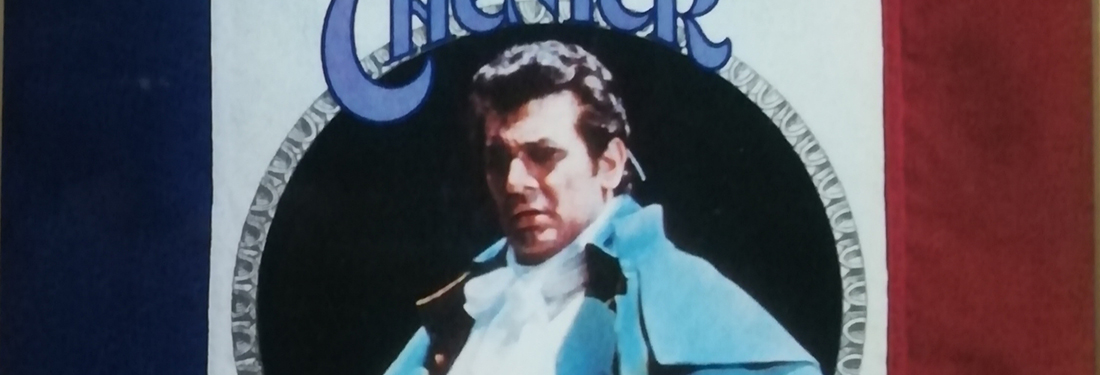
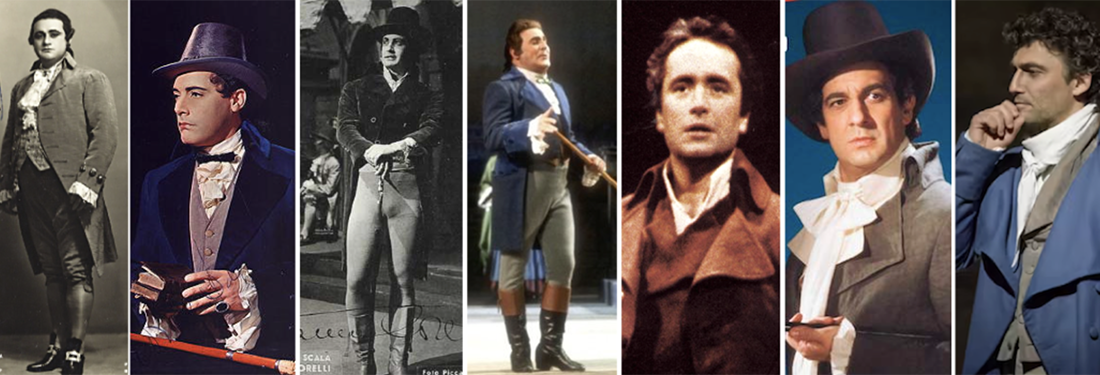
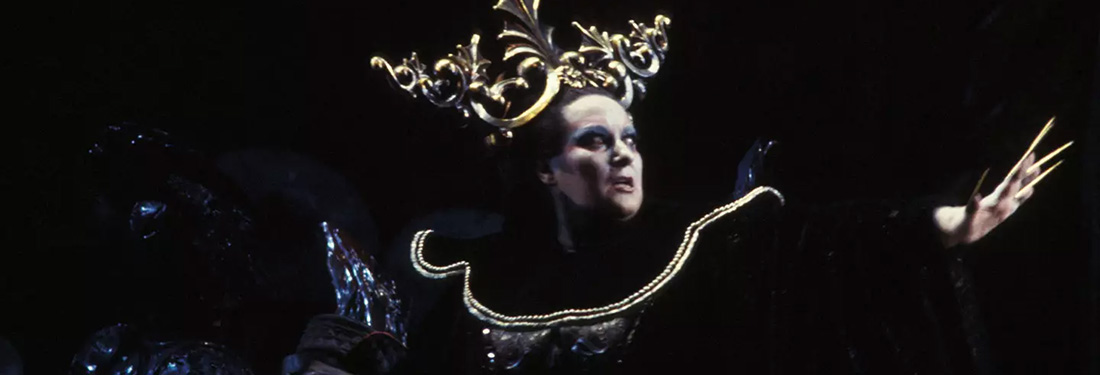
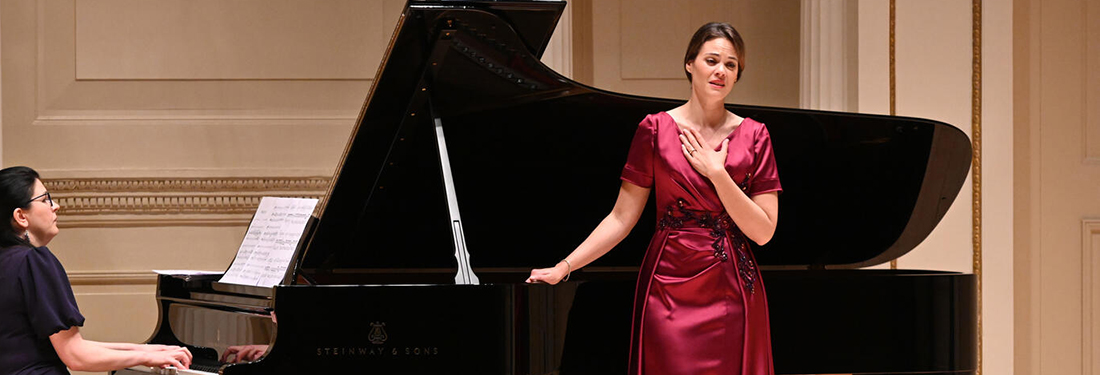
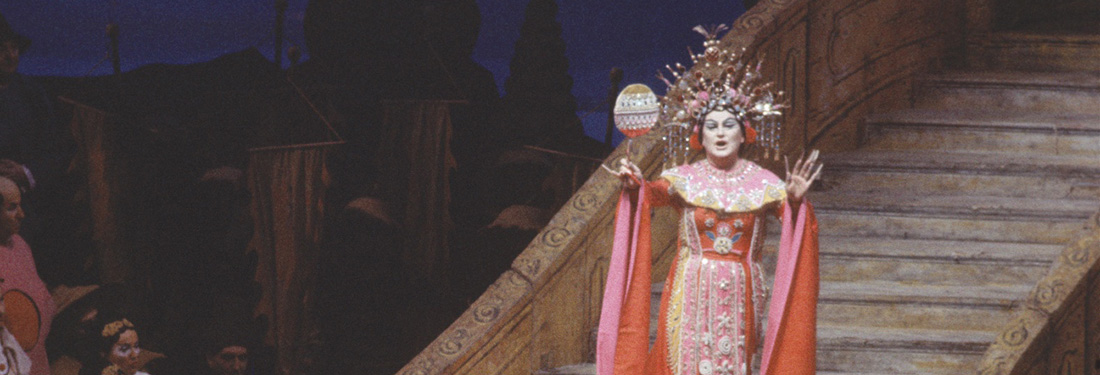
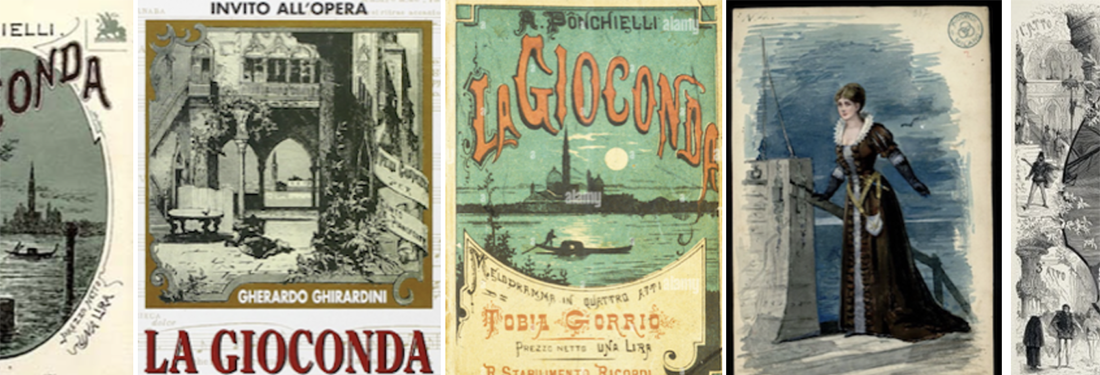
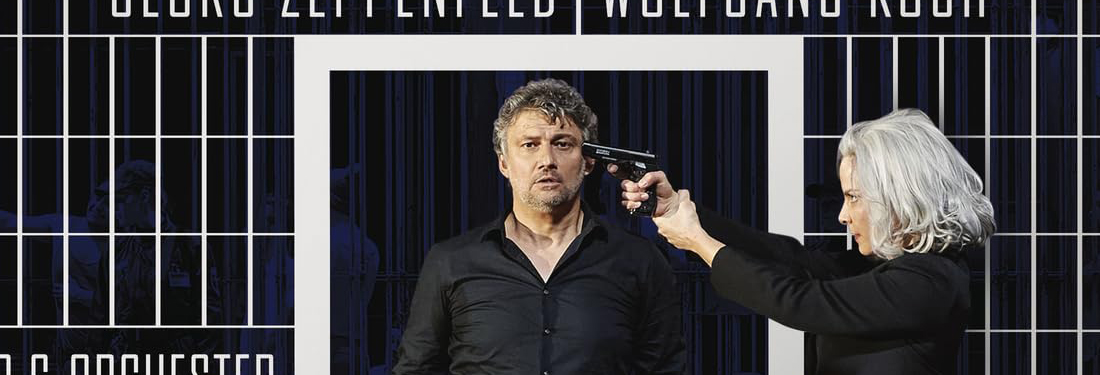
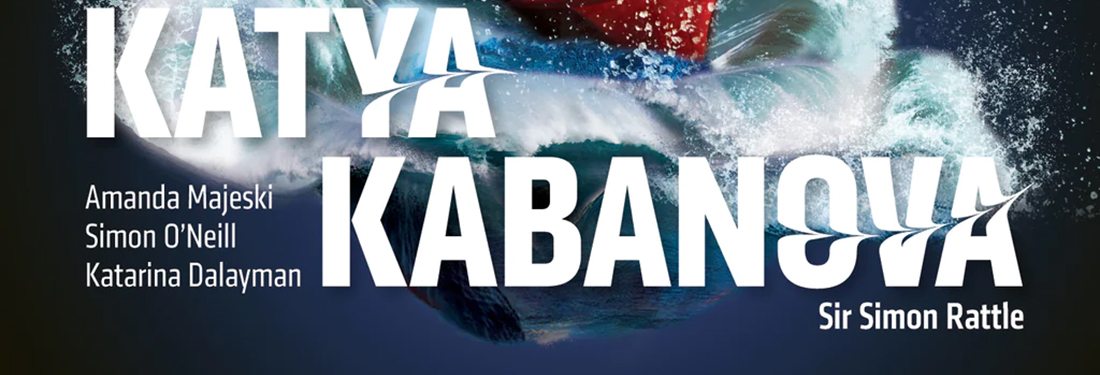
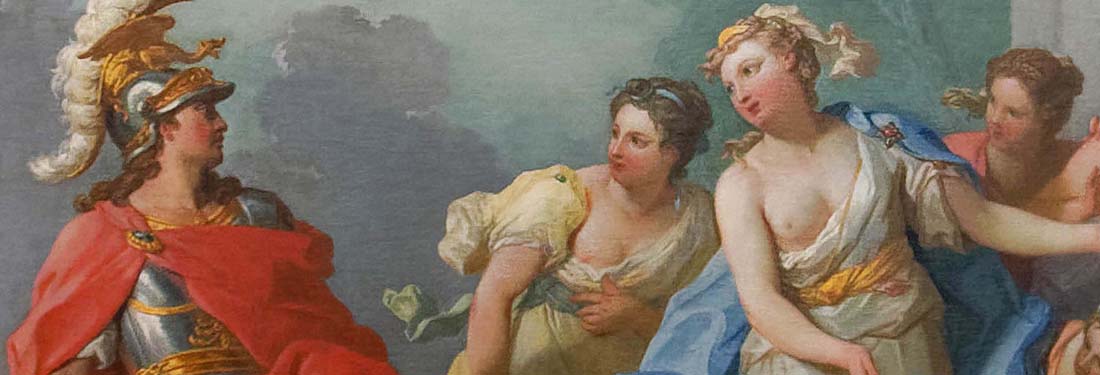
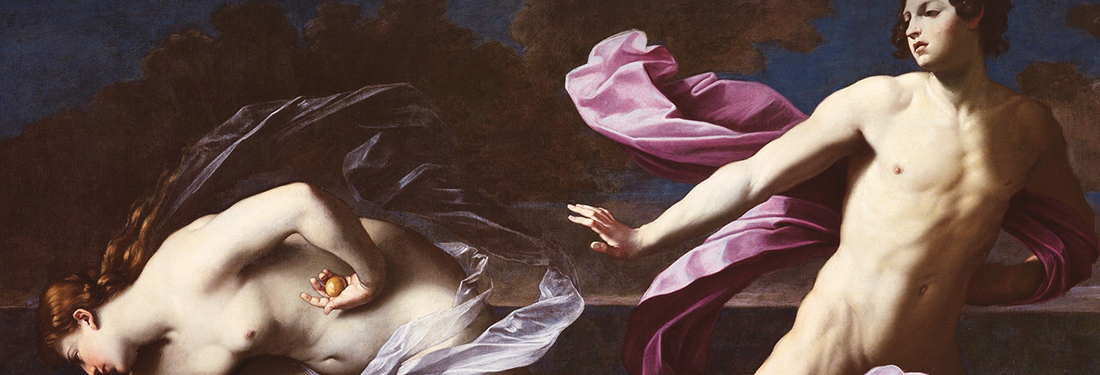
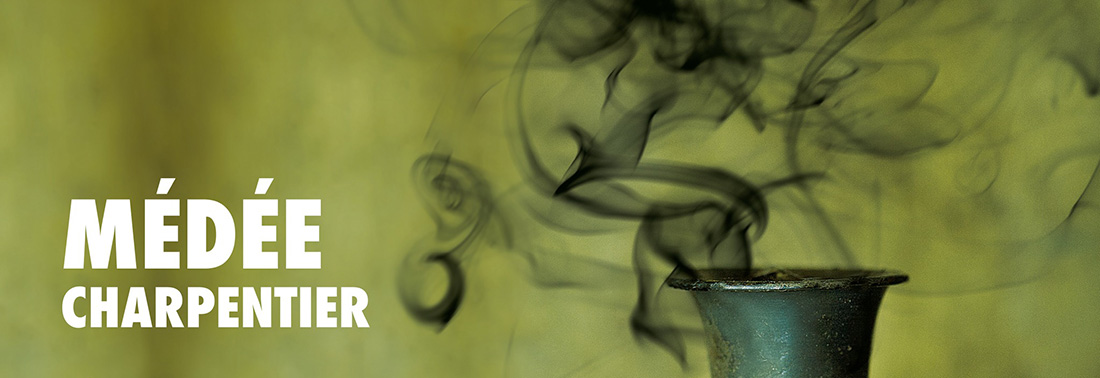






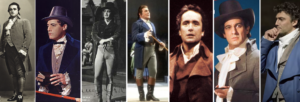
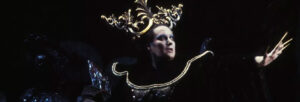





Comments